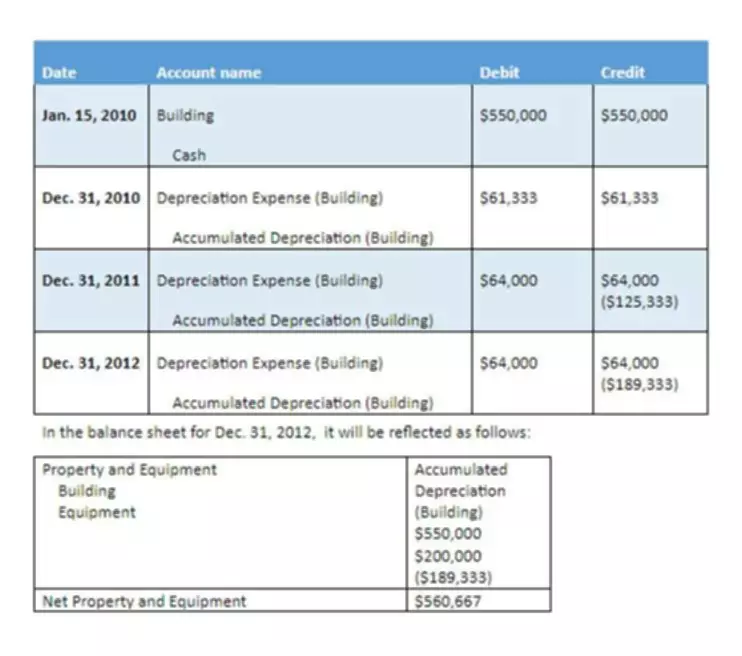26 Feb Break-even point analysis: what it is, and why you must do it for your business
Content

A break-even point analysis is a powerful tool for planning and decision making, and for highlighting critical information like costs, quantities sold, prices, and so much more. break even point • Pricing a product, the costs incurred in a business, and sales volume are interrelated. The break-even point is one of the simplest, yet least-used analytical tools.
- But if you pay part-time hourly employees who only work when it’s busy, they will be considered variable costs.
- Selling quantity beyond 3000 will help in earning a profit, which will be equal to the contribution per unit for every additional unit sold beyond 3000.
- Funding your business requires the viability of your business plan.
- (i.e., there is no change in the quantity of goods held in inventory at the beginning of the period and the quantity of goods held in inventory at the end of the period).
Unrealistic assumptions as the selling price of a product can’t be the same at different sales levels,s and some fixed costs might vary with the output. A break-even analysis is a financial calculation that weighs the costs of a new business, service or product against the unit sell price to determine the point at which you will break even. In other words, it reveals the point at which you will have sold enough units to cover all of your costs. At that point, you will have neither lost money nor made a profit. In terms of its cost structure, the company has fixed costs (i.e., constant regardless of production volume) that amounts to $50k per year. Recall, fixed costs are independent of the sales volume for the given period, and include costs such as the monthly rent, the base employee salaries, and insurance. The break-even formula for a business provides a dollar figure they need to break even.
Variable costs
Managerial accounting is the practice of analyzing and communicating financial data to managers, who use the information to make business decisions. If the stock is trading at $190 per share, the call owner buys Apple at $170 and sells the securities at the $190 market price. The profit is $190 minus the $175 break-even price, or $15 per share.

In the second approach, we have to divide the fixed cost by contribution to sales ratio or profit-volume ratio i.e. Performing a break-even analysis allows you to determine when you will likely begin generating a profit and https://www.bookstime.com/ where your sales levels need to be to maintain profitability on a monthly basis. You can simplify this process by using a good cloud-based accounting system, which allows you to monitor increases and decreases in sales.
Calculating The Break-Even Point in Sales Dollars
On the other hand, if this were applied to a put option, the break-even point would be calculated as the $100 strike price minus the $10 premium paid, amounting to $90. Assume an investor pays a $4 premium for a Meta put option with a $180 strike price. That allows the put buyer to sell 100 shares of Meta stock at $180 per share until the option’s expiration date. The put position’s break-even price is $180 minus the $4 premium, or $176. If the stock is trading above that price, the benefit of the option has not exceeded its cost. The average break-even point for a restaurant is 100% dependent on that restaurant’s costs and revenue. A lemonade stand probably breaks even after a few hours with around $10 in sales.
- Some costs can go in either category, depending on your business.
- Variable costs often fluctuate, and are typically a company’s largest expense.
- Recall, fixed costs are independent of the sales volume for the given period, and include costs such as the monthly rent, the base employee salaries, and insurance.
The break-even point formula includes the company’s “fixed costs”. Fixed costs, like rent, are expenses that are constant despite the number of goods being produced.
Sales price per unit
A company is at its break-even point when its revenue equals its expenses. Below this point you have to break your piggy bank to cope with the financial loss, once you are above it you make money and you can fly to the Bahamas, so it is pretty wide! In our industry and according to calculations like the average amount spent. I often prefer to materialise it in the number of people coming through the door rather than an amount of money.
In addition, break-even analysis doesn’t take the future into account. If your raw material costs double next year, your break-even point will be a lot higher, unless you raise your prices. It’s important to note that a break-even analysis is not a predictor of demand. It won’t tell you what your sales are going to be, or how many people will want what you’re selling. It will only tell you the amount of sales you need to make to operate profitably.
After completing a break-even analysis, you know exactly how many sales you need to make to be profitable. This will help you set more concrete sales goals for you and your team. When you have a clear number in mind, it will be much easier to follow through. Try Shopify for free, and explore all the tools and services you need to start, run, and grow your business. And just like the output for the goal seek approach in Excel, the implied units needed to be sold for the company to break even come out to 5k. All businesses share the similar goal of eventually becoming profitable in order to continue operating.
US rates: Where is the break-even point? – Marketscreener.com
US rates: Where is the break-even point?.
Posted: Wed, 30 Nov 2022 16:58:00 GMT [source]
In most cases, you can list total expenses as monthly amounts, unless you’re considering an event with a shorter timeframe, such as a three-day festival. If you’re using the break-even analysis spreadsheet, it will do the math for you automatically.
Break Even Analysis
That’s because we start getting quantity discounts, or economies of scale. That’s not being considered here for simplicity reasons, but in real life you may want to (the upward-sloped line wouldn’t be a straight one in that case). To calculate the Break-Even Point for which we have to divide the total fixed cost by the contribution per unit. A break-even analysis allows companies to plan for future sales and determine whether the sales price per unit will allow them to make a profit. It also allows companies to see how changes in price might affect the number of units they sell. At this point, you need to ask yourself whether your current plan is realistic, or whether you need to raise prices, find a way to cut costs, or both.
What is a break-even point and why is it important?
The breakeven point is where the business's total revenue is equal to its total expenses. This means at the breakeven point there's no profit; it's simply net zero.


Sorry, the comment form is closed at this time.